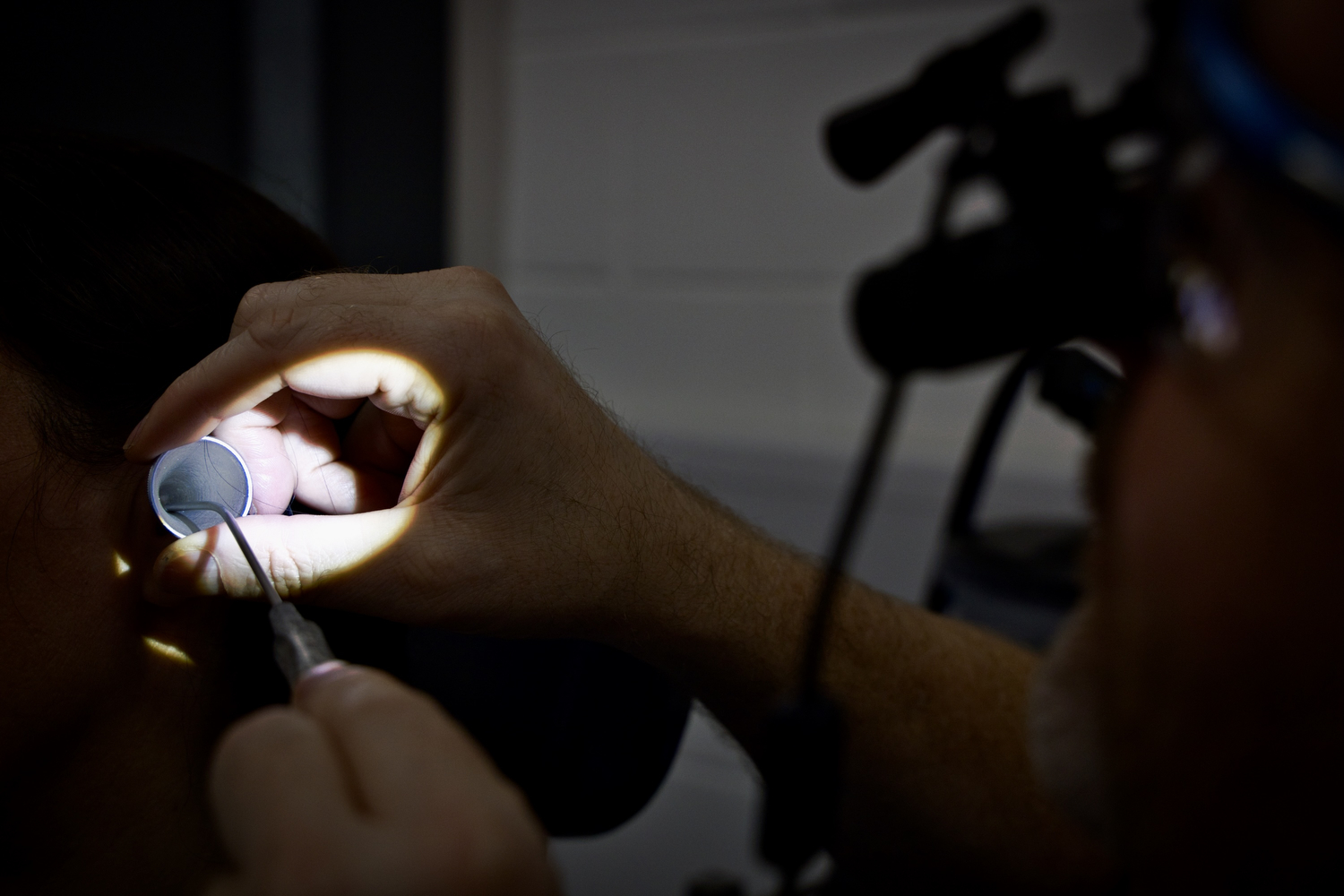Ear Infections
24 January 2022Ear Infection: How is Earwax Involved?
Infection of the ear canal, known medically as otitis externa, is a common condition amongst children and adults. It is often colloquially known as ‘swimmer’s ear’. The symptoms can range from the very mild through to (rarely) severe.
What causes ‘Swimmer’s Ear’?
Swimmer’s ear is an infection of the skin lining the ear canal, between the eardrum and the outside world. It is caused when bacteria (or occasionally fungus) take up residence and multiply in the ear canal causing irritation to the skin.
Factors that can increase the risk of someone getting swimmer’s ear include skin diseases in the ear (such as eczema), damage to the ear canal (such as from surgery), and a moist environment (hence why swimmers are prone to this condition).
What Are the Symptoms of Swimmer’s Ear?
The most common symptom of swimmer’s ear is discomfort in the ear, which is often worse on gentle pulling on the ear. It is also common to experience itching inside the ear and mild redness that can be seen within the ear canal.
More severe cases can give fever, worsening pain, pus draining from the ear and a change in hearing on that side.
How is Earwax Involved?
Under normal circumstances, earwax functions in several ways to prevent infection. It keeps the skin of the ear canal supple to prevent damage, it is antibacterial, and it helps eject dirt and debris to stop bacteria from finding a home there.
However, these functions only work if the earwax is naturally removed over time. If the earwax is retained, such as when it is impacted, then it can lead to the opposite effects.
An ear that is blocked by earwax may create a moist environment ideal for bacterial growth, especially after immersion in water, such as when swimming. The inability to remove dirt and debris can also aid infection.
Coupled with damage to the skin of the ear canal, which can occur with inexpert attempts to remove earwax at home such as with cotton buds or other implements, and a perfect environment for bacterial infection can be created.
What to Do if I Have Symptoms of Ear Infection?
If you have any of the symptoms listed above, especially if you have a fever or change in your hearing, you should seek medical attention immediately.
To Summarise
Infection of the ear canal (otitis externa) is a common and easily treatable condition, with symptoms that range from the very mild to the more severe. Blockage of the ear canal by earwax increases the chance of you getting an infection. It does this by interfering with the beneficial effects of earwax, and also increasing the chance of damage to the ear canal during inexpert attempts to remove the wax. Treating the infection and getting rid of the wax are both jobs best left to the professionals.





